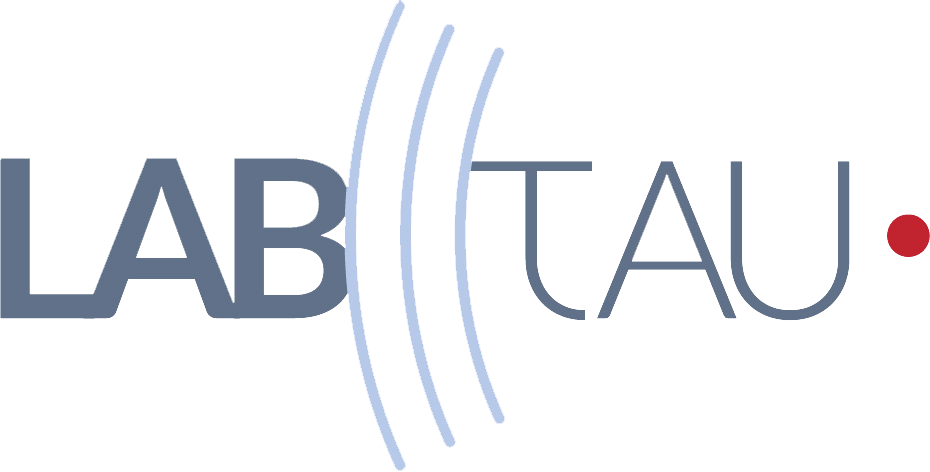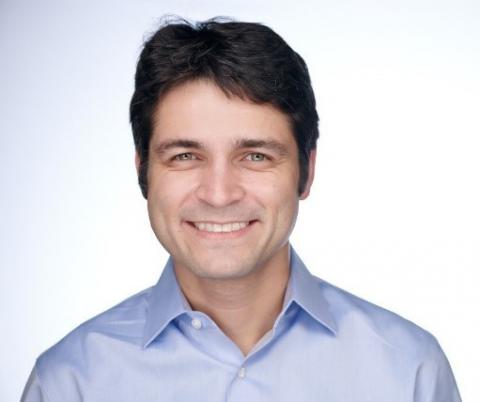Talking to cells: biomolecular ultrasound to image and control cells deep inside the body
Author: Mikhail Shapiro
Time: 11H00
Language: English
Place: Conference Room at LabTAU
Abstract: Studying biological function in intact organisms and developing targeted cellular therapies requires methods to image and control the function of specific cells deep inside the body. Fluorescent proteins and optogenetics serve this purpose in small, translucent specimens, but are limited by the poor penetration of light into deeper tissues. In contrast, most non-invasive techniques such as ultrasound and magnetic resonance imaging – while based on energy forms that penetrate tissue – are not effectively coupled to cellular function. Our work attempts to bridge this gap by engineering biomolecules with the appropriate physical properties to interact with sound waves and magnetic fields. In this talk, I will describe our recent work on biomolecular reporters and actuators for ultrasound. The reporters are based on gas vesicles – a unique class of air-filled protein nanostructures derived from buoyant photosynthetic microbes. These proteins scatter sound waves, enabling their detection with ultrasound. I will describe our progress in understanding the biophysical and acoustic properties of these biomolecules, introducing them genetically into various cell types of interest for in vivo imaging, and turning them into dynamic sensors of intracellular molecular signals. In addition to their applications in imaging, gas vesicles can be used to control cellular location and function by serving as receivers of acoustic radiation force or seeding localized bubble cavitation. Additional control is provided by thermal bioswitches – biomolecules that provide switch-like control of gene expression in response to small changes in temperature. I will describe how these functionalities allow the development of remote-controlled cell therapies and diagnostics.





